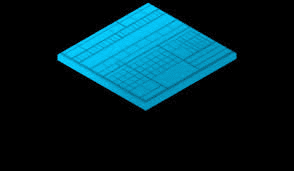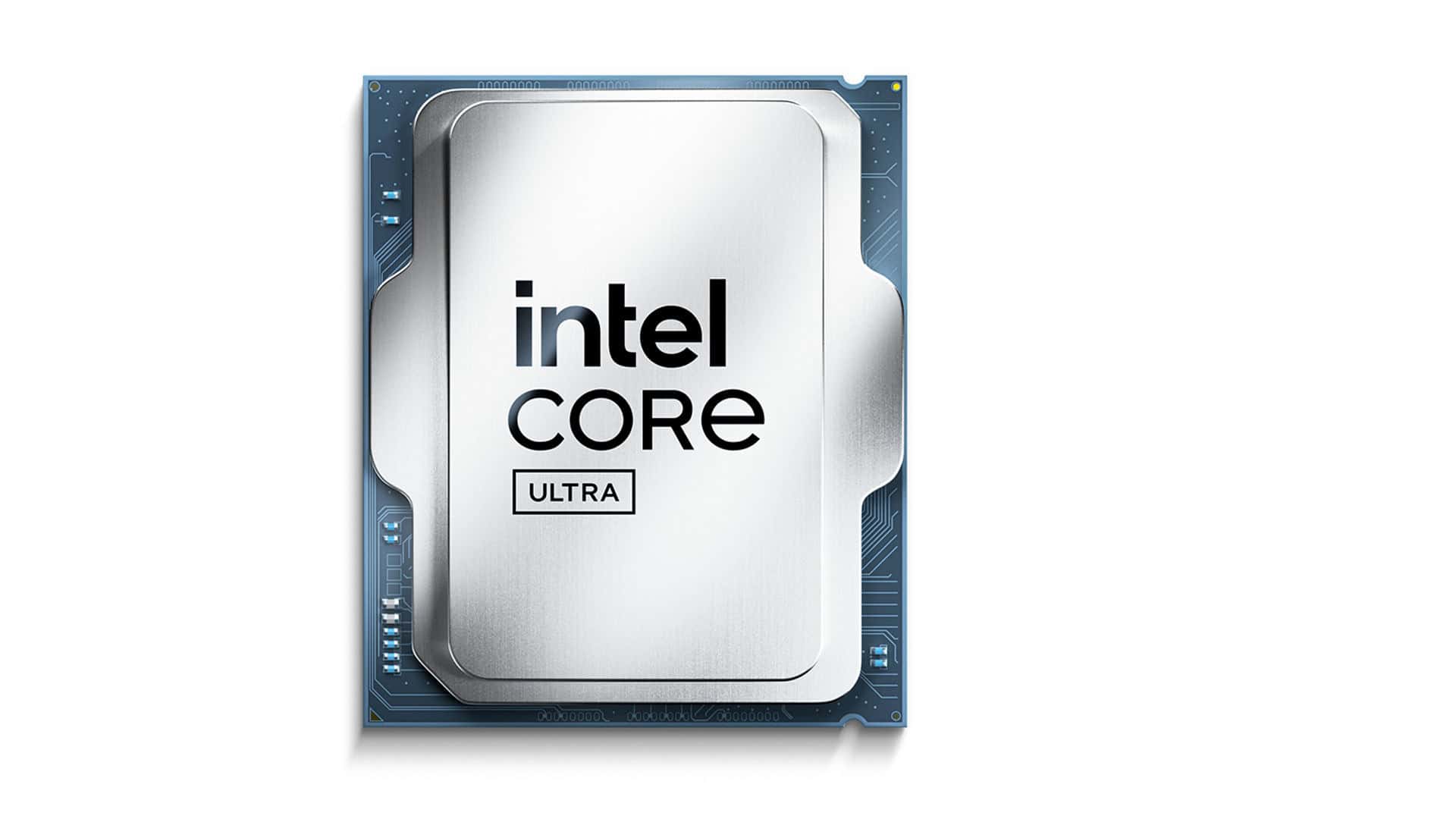Intel’s Lion Cove microarchitecture is set to power the next generation of processors. This new design aims to boost performance and efficiency in upcoming Intel chips. Lion Cove brings significant changes to both the front and back-end of CPU cores, promising improved single-thread performance and better area efficiency.
The Lion Cove P-cores will feature in Intel’s Lunar Lake processors, expected to launch in fall 2024. These cores offer a 14% speed bump over the previous generation. Intel has also made tweaks to clock speed intervals, allowing for more precise power management.

Intel Lion Cove: Roaring into the Future of Performance
Get ready for a performance leap! Intel’s Lion Cove is the next-generation P-core microarchitecture, designed to power the upcoming Lunar Lake processors. These P-cores are built for speed and efficiency, promising a significant boost in performance for demanding tasks like gaming, content creation, and more. Let’s explore what makes Lion Cove roar.
A New Era for P-Cores
Lion Cove represents a major architectural overhaul compared to its predecessors. It introduces a range of enhancements to boost performance and efficiency:
- Redesigned Cache System: A revamped cache hierarchy with larger and more efficient caches ensures faster access to frequently used data, reducing latency and improving performance. This includes a new L0 data cache, a larger L1 data cache, and a bigger L2 cache.
- Wider Pipeline: The wider pipeline allows the core to handle more instructions simultaneously, increasing throughput and overall performance.
- Improved Front-End: Enhancements to the front-end, including better branch prediction and instruction fetching, ensure a smooth and efficient flow of instructions to the execution engine.
- Optimized Execution Engine: The out-of-order execution engine has been fine-tuned for higher throughput and efficiency, allowing the core to process instructions more effectively.
Performance and Efficiency in Harmony
Lion Cove isn’t just about raw performance; it also prioritizes power efficiency:
- Significant IPC Gains: Intel projects a substantial increase in Instructions Per Clock (IPC) compared to the previous generation, Redwood Cove. This translates to faster execution of tasks and improved overall performance.
- Power Efficiency Focus: Despite the performance gains, Lion Cove is designed to be power-efficient, balancing performance with power consumption. This is crucial for extending battery life in laptops and reducing power usage in desktops.
- Clock Speed Flexibility: Lion Cove implements finer-grained clock speed adjustments, allowing for more precise power management and performance optimization based on the workload.
No Hyper-Threading: A Focus on Single-Threaded Performance
Interestingly, Lion Cove will not support Hyper-Threading. This might seem surprising, but it reflects Intel’s focus on maximizing single-threaded performance, which is crucial for applications like gaming and other tasks that benefit from high clock speeds and low latency.

Lion Cove vs. Redwood Cove: Key Architectural Changes
| Feature | Redwood Cove | Lion Cove |
|---|---|---|
| L0 Data Cache | No L0 Cache | 48KB L0 Cache |
| L1 Data Cache | Smaller | Larger (192KB) |
| L2 Cache | Smaller | Larger (up to 3MB) |
| Pipeline Width | Narrower | Wider |
| Hyper-Threading | Supported | Not Supported |
Lion Cove ushers in a new era of performance for Intel’s P-cores. With its architectural enhancements and focus on both performance and efficiency, it will be exciting to see how Lion Cove performs in real-world scenarios when Lunar Lake processors launch.
Key Takeaways
- Lion Cove microarchitecture enhances CPU performance and efficiency
- Lunar Lake processors will use Lion Cove P-cores for faster computing
- New design changes aim to improve single-thread speed and power use
Intel Lion Cove Microarchitecture
Intel’s Lion Cove brings big changes to CPU design. It aims to boost speed and save power in new ways. This next-gen architecture introduces key upgrades for both performance and efficiency cores.
Design Philosophy and Core Objectives
Lion Cove focuses on making CPUs faster and more efficient. Intel wants to improve single-thread performance and use less power. They also aim to make chips take up less space.
The new design adds more cache memory. P-cores now have 2.5MB of L2 cache in Lunar Lake chips. Arrow Lake chips get even more with 3MB. This extra memory helps programs run quicker.
Intel switched to standard industry tools to make Lion Cove. This change could lead to better designs and faster updates in the future.
P-Core and E-Core Evolution
Lion Cove builds on past designs like Golden Cove and Raptor Cove. It makes big strides in both P-cores and E-cores.
The P-cores get major upgrades. They have better memory systems and smarter power management. These changes help boost speed without using too much energy.
E-cores also see improvements. Intel calls the new E-cores “Skymont”. They’re made to handle more tasks while using less power than before.
Both core types work together to make chips that are fast and energy-smart.
Next-Generation Technologies and Integration
Lion Cove brings new tech to Intel’s chips. It has better branch prediction, which helps the CPU guess what to do next. This makes programs run smoother.
The design also improves how it handles instructions out of order. This lets the CPU work on more things at once, speeding up tasks.
Intel added more ALUs and execution ports. These help the CPU crunch numbers and process data faster.
All these parts work together in a smarter way. The result is a chip that can do more work with less wasted effort.
Innovations in Processing and Efficiency
Lion Cove makes big gains in IPC (instructions per clock). This means it can do more work in each tick of the CPU clock.
The new design is smart about power use. It can run fast when needed but save energy when things are quiet.
Intel kept Hyper-Threading in Lion Cove. This lets each P-core act like two cores, helping with heavy workloads.
These changes add up to a CPU that’s not just faster, but also more efficient. It’s built to handle today’s apps and tomorrow’s challenges.







